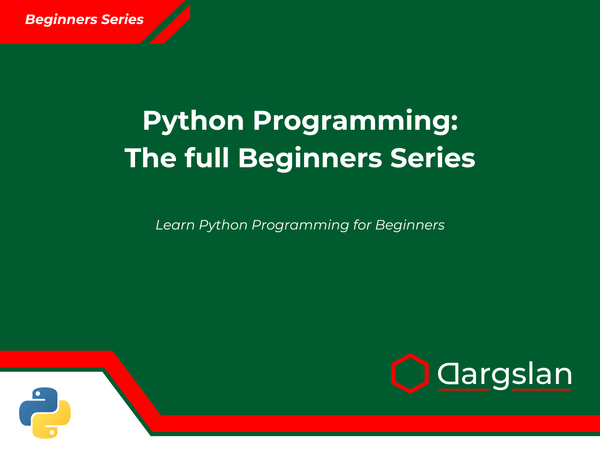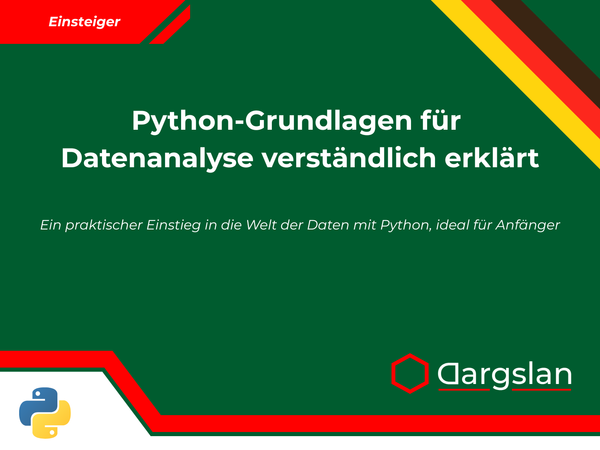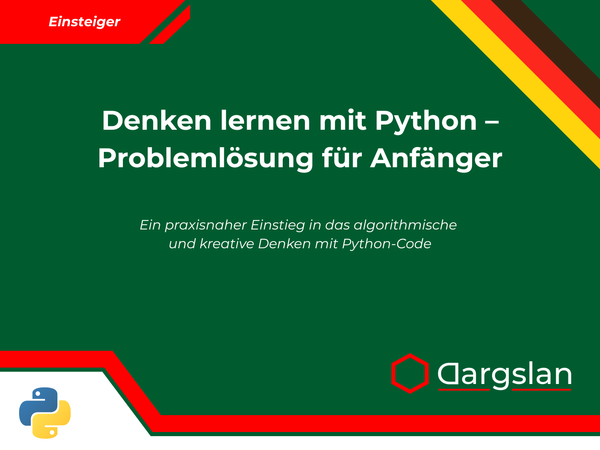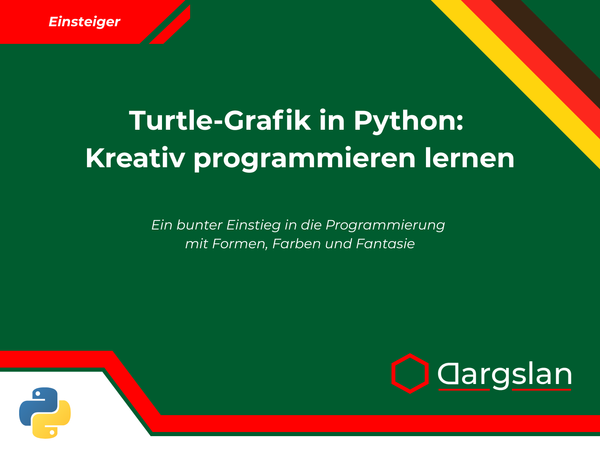Book Review:Building CLI Tools with Python and argparse
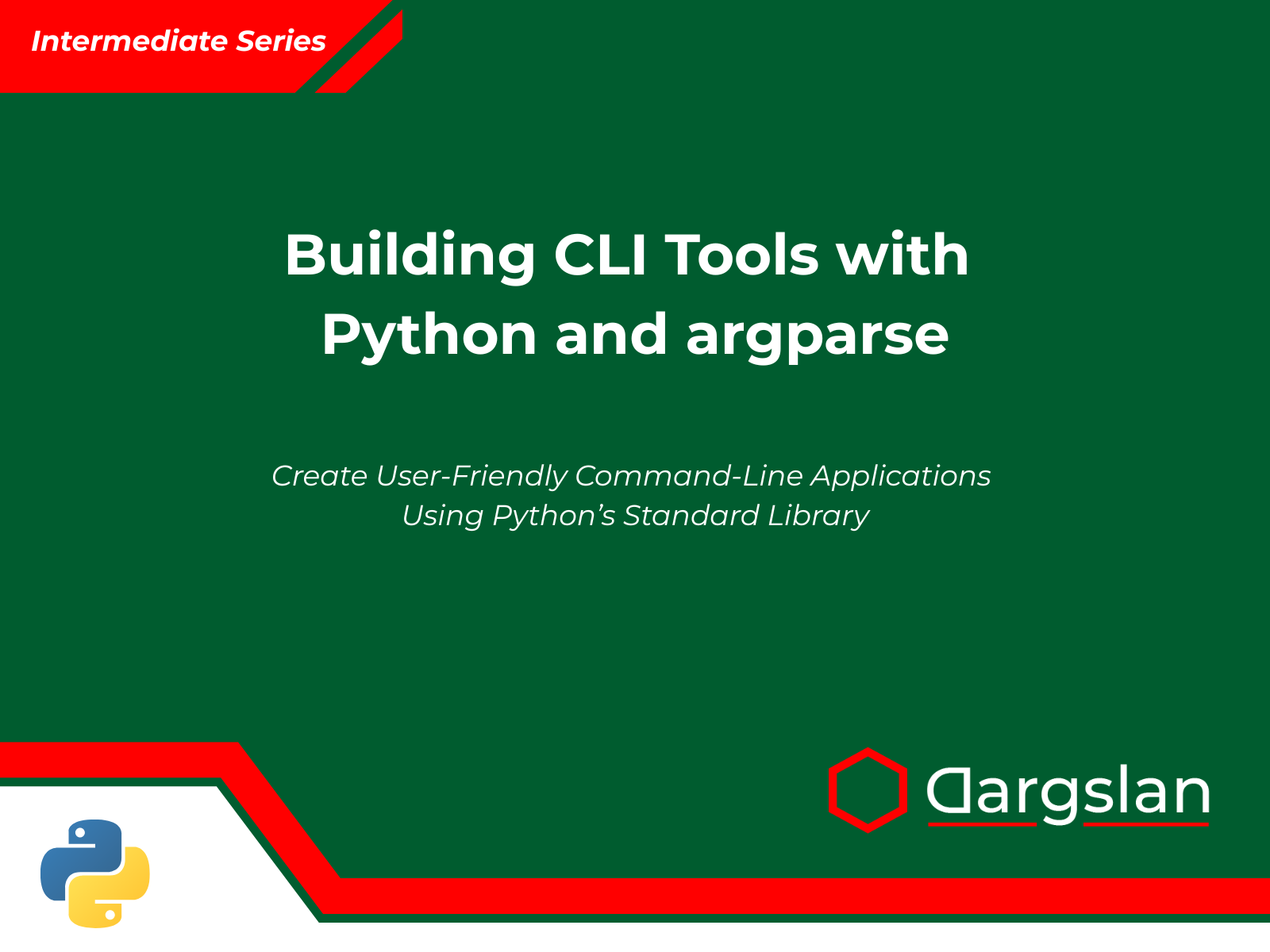
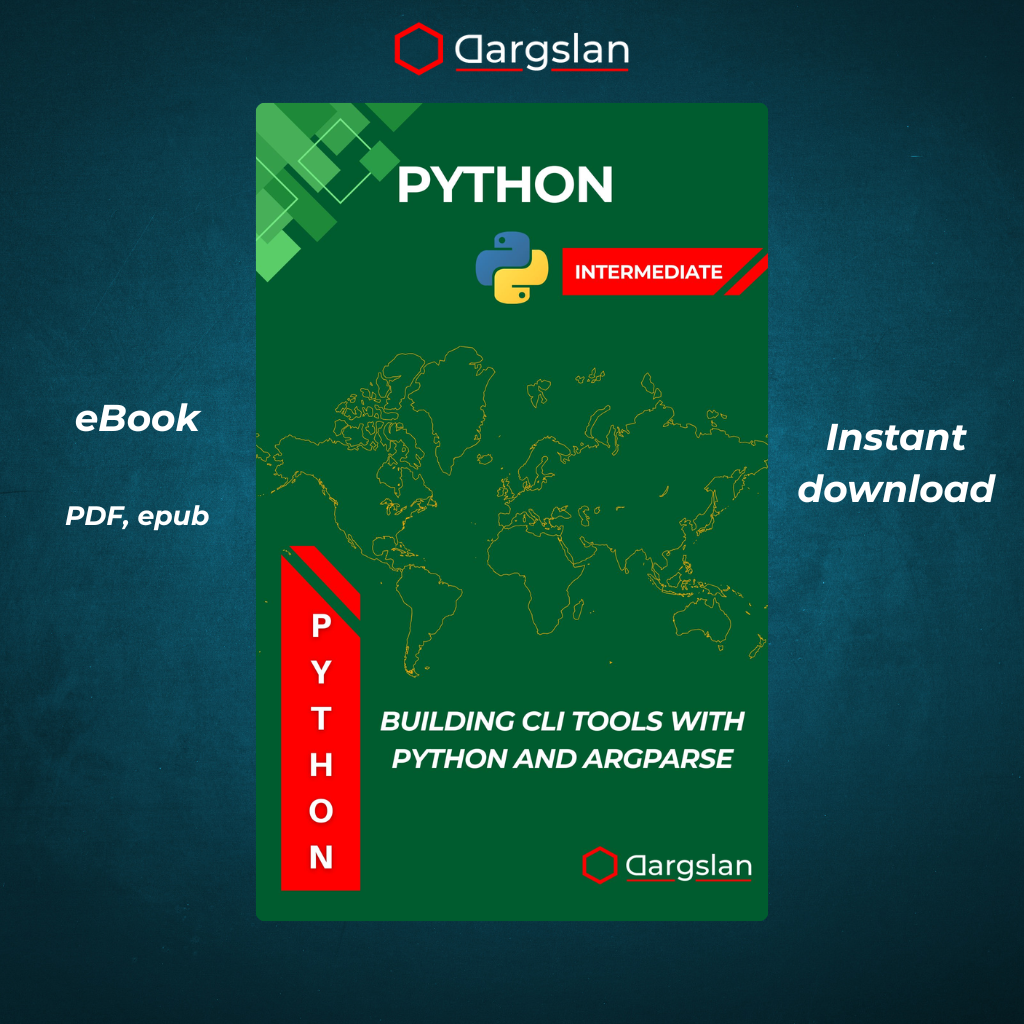
Building CLI Tools with Python and argparse
Create User-Friendly Command-Line Applications Using Python’s Standard Library
Building CLI Tools with Python and argparse: A Comprehensive Guide to Command-Line Application Development
Comprehensive Book Review: Master the Art of CLI Tools with Python's argparse Module
In today's software development landscape, command-line interfaces remain essential tools for developers, system administrators, and power users. "Building CLI Tools with Python and argparse" by Dargslan delivers a thorough and practical guide to creating professional-grade command-line applications using Python's built-in capabilities. This comprehensive resource takes readers on a journey from basic concepts to advanced implementation, all while focusing on best practices and user experience.
Book Overview: Python CLI Development Made Accessible
The book spans ten meticulously structured chapters that progressively build the reader's knowledge of command-line interface development using Python's standard library. Rather than relying on external packages, the author demonstrates how Python's built-in argparse module provides all the necessary tools to create sophisticated, user-friendly CLI applications.
Starting with fundamental concepts and the rationale behind command-line tools, the book quickly moves into practical implementation, covering everything from basic argument parsing to complex subcommand structures. Each chapter builds upon previously established knowledge, creating a logical learning path that benefits both beginners and experienced Python developers looking to enhance their CLI development skills.
Key Topics Covered in Building CLI Tools with Python
The Importance of Command-Line Interfaces in Modern Development
Chapter 1 sets the foundation by explaining why CLI tools remain relevant and valuable in today's development ecosystem. The author makes a compelling case for when command-line interfaces provide advantages over graphical interfaces, particularly for automation, scripting, and system administration tasks. This chapter helps readers understand the continuing relevance of CLI tools and when developing them might be the optimal solution for a particular problem.
Mastering argparse: Python's Powerful Argument Parser
Chapters 2 through 7 form the technical core of the book, offering a deep dive into Python's argparse module:
-
Introduction to argparse (Chapter 2) provides a solid foundation in the module's basic functionality, explaining parsers, arguments, and the fundamental approach to CLI design.
-
Positional vs Optional Arguments (Chapter 3) clarifies the distinction between required positional arguments and optional named arguments, with practical examples demonstrating appropriate use cases for each.
-
Argument Types and Validation (Chapter 4) explores how to ensure your CLI tool receives the correct data types and validates input before processing, enhancing robustness and user experience.
-
Flags, Booleans, and Actions (Chapter 5) delves into various argument behaviors, showing how to implement common patterns like toggle flags and counters.
-
Grouping and Mutually Exclusive Options (Chapter 6) teaches advanced argument organization techniques, demonstrating how to create logically structured interfaces that prevent users from making incompatible choices.
-
Subcommands for Complex Tools (Chapter 7) shows how to implement Git-style command structures, enabling the development of sophisticated multi-function tools with consistent interfaces.
Elevating Your CLI Applications
The final chapters focus on transforming basic functional tools into professional-grade applications:
-
Improving CLI UX (Chapter 8) emphasizes the importance of user experience in command-line tools, covering help text, error messages, progress indicators, and color usage to create tools that users will enjoy.
-
Packaging and Sharing Your CLI Tool (Chapter 9) guides readers through the process of turning their Python scripts into installable packages that can be distributed via PyPI or other channels.
-
Real-World CLI Tool Projects (Chapter 10) provides complete implementations of practical tools, demonstrating how the concepts from previous chapters come together in finished applications.
Practical Resources for Ongoing Reference
The book includes four valuable appendices that serve as quick references:
- An
argparsecheat sheet for rapid lookup of common patterns and syntax - Cross-platform development tips to ensure CLI tools work consistently across operating systems
- A template for CLI project structure to jumpstart new tool development
- Bonus content with additional resources and advanced techniques
Who Should Read This Book?
Perfect for Python Developers at Multiple Skill Levels
"Building CLI Tools with Python and argparse" caters to a range of readers:
- Python beginners with basic language knowledge looking to create practical tools
- Intermediate developers wanting to enhance their command-line development skills
- Experienced programmers seeking to leverage Python's standard library for CLI applications
- DevOps engineers and system administrators who need to automate tasks with custom tools
- Open-source contributors looking to improve the interfaces of their Python projects
The book assumes basic Python knowledge but does not require previous experience with command-line tool development, making it accessible to a wide audience.
Learning Outcomes and Practical Applications
Readers who complete this book will gain several valuable skills:
- Design intuitive command-line interfaces that follow established conventions and best practices
- Implement robust argument parsing with appropriate validation and error handling
- Create sophisticated CLI structures including subcommands and argument groups
- Package and distribute command-line tools for others to install and use
- Apply CLI development patterns to real-world automation challenges
These skills can be immediately applied to various scenarios:
- Automating repetitive development tasks
- Creating administrative tools for system management
- Building data processing utilities
- Developing interfaces for services and APIs
- Contributing to open-source Python projects
What Sets This Book Apart from Other Resources
Focus on Standard Library Solutions
Unlike many Python CLI development resources that immediately turn to third-party packages, this book demonstrates how much can be accomplished with Python's standard library alone. By focusing on argparse, the author provides knowledge that will remain relevant regardless of changing trends in external packages.
Progressive Learning Path
The book's structure creates a clear learning progression that builds competence systematically. Rather than presenting argparse as a reference manual, the author guides readers through increasingly complex implementations, ensuring they understand not just what can be done but why certain approaches are preferable.
Emphasis on User Experience
A distinctive strength of this book is its focus on the human aspect of CLI design. Chapter 8 specifically addresses user experience considerations that many technical resources overlook, helping developers create tools that users will find intuitive and helpful.
Practical Project Implementation
The culmination of the book in real-world projects demonstrates how theoretical knowledge translates into practical applications. By seeing complete implementations, readers gain insights into the decision-making process behind effective CLI design.
Code Examples and Learning Resources
Throughout the book, code snippets illustrate key concepts with practical examples. These examples progress from simple demonstrations to complex implementations, allowing readers to follow along and experiment with their own variations.
The author provides a balanced approach to explaining both the "how" and the "why" of CLI development decisions, helping readers develop the judgment needed to design effective interfaces for their own tools.
The Enduring Value of Command-Line Expertise
Despite the proliferation of graphical and web interfaces, command-line tools remain essential components of the developer's toolkit. The skills taught in this book have remarkable longevity, as the command-line paradigm has remained relevant for decades and continues to be the preferred interface for many development and administration tasks.
By mastering Python CLI development, readers position themselves to create tools that can be:
- Integrated into automated workflows and CI/CD pipelines
- Used across different operating systems with minimal adaptation
- Combined through standard I/O mechanisms with other command-line utilities
- Operated remotely via SSH or other terminal connections
- Executed in environments where graphical interfaces are unavailable
From Learning to Application: Implementing Your Own CLI Tools
One of the book's greatest strengths is how it empowers readers to implement their own tools immediately. Each chapter builds practical knowledge that can be applied to real-world problems, with the final chapter demonstrating complete implementations that serve as models for readers' own projects.
The appendix containing a project template further accelerates the transition from learning to application, giving readers a structure they can adapt for their own tools without starting from scratch.
Considerations for Different Python Environments
The book acknowledges the variety of Python environments readers might be working in, with guidance for:
- Development across Windows, macOS, and Linux
- Compatibility considerations between Python versions
- Virtual environment usage for development and testing
- Installation approaches for different target environments
This practical attention to the realities of Python development enhances the book's utility for readers working in diverse settings.
Author Expertise and Approach
Dargslan brings a pragmatic perspective to CLI development, balancing theoretical best practices with real-world considerations. The writing style remains accessible while covering technical material, making complex concepts understandable without oversimplification.
The author's experience with Python CLI development is evident in the anticipation of common challenges and the provision of solutions that work in practice, not just in theory.
Beyond the Basics: Advanced argparse Techniques
For readers already familiar with basic argument parsing, the book offers valuable advanced techniques:
- Implementing custom actions for specialized argument behaviors
- Creating nested command structures for complex applications
- Designing extensible CLI architectures that can grow with project needs
- Handling configuration files in conjunction with command-line arguments
- Generating dynamic help content based on runtime conditions
These advanced topics ensure the book remains valuable even to experienced Python developers.
CLI Development in the Context of Modern Python
While focused on argparse, the book places CLI development in the broader context of Python application development, touching on:
- How CLIs integrate with library code and application logic
- Testing strategies for command-line interfaces
- Documentation approaches for CLI tools
- Performance considerations for command-line applications
- Modern Python features that enhance CLI development
This contextual perspective helps readers see how command-line interfaces fit into larger Python projects and development workflows.
Final Assessment: A Comprehensive Resource for Python CLI Development
"Building CLI Tools with Python and argparse" stands as an authoritative and practical guide to creating command-line applications with Python. Its systematic approach, focus on the standard library, and attention to both technical implementation and user experience make it a valuable resource for any Python developer interested in command-line interface development.
The book successfully bridges the gap between basic Python knowledge and specialized CLI development expertise, providing a clear path for readers to create professional-quality command-line tools. Whether you're building tools for personal use, team automation, or public distribution, this book equips you with the knowledge and patterns to do so effectively.
For Python developers looking to expand their toolkit with command-line development skills, "Building CLI Tools with Python and argparse" offers a comprehensive, practical, and accessible guide that will serve as both a learning resource and an ongoing reference.
Where to Find This Essential Python Development Resource
"Building CLI Tools with Python and argparse: Create User-Friendly Command-Line Applications Using Python's Standard Library" is available through major book retailers, online platforms, and technical bookstores. For Python developers seeking to enhance their command-line development capabilities, this book represents an investment in skills that will remain relevant and valuable throughout their programming careers.
Keywords: Python CLI development, argparse tutorial, command-line interfaces with Python, build Python CLI applications, Python command-line tools, CLI best practices, Python argparse module, command-line argument parsing, Python CLI user experience, packaging Python CLI tools
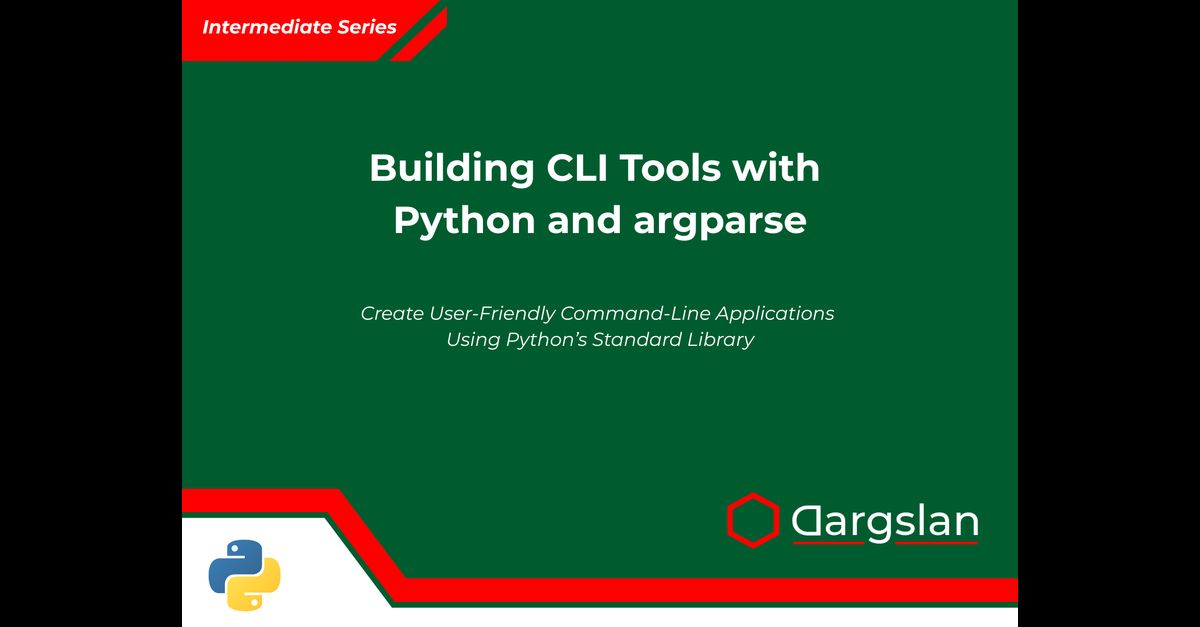
Building CLI Tools with Python and argparse



